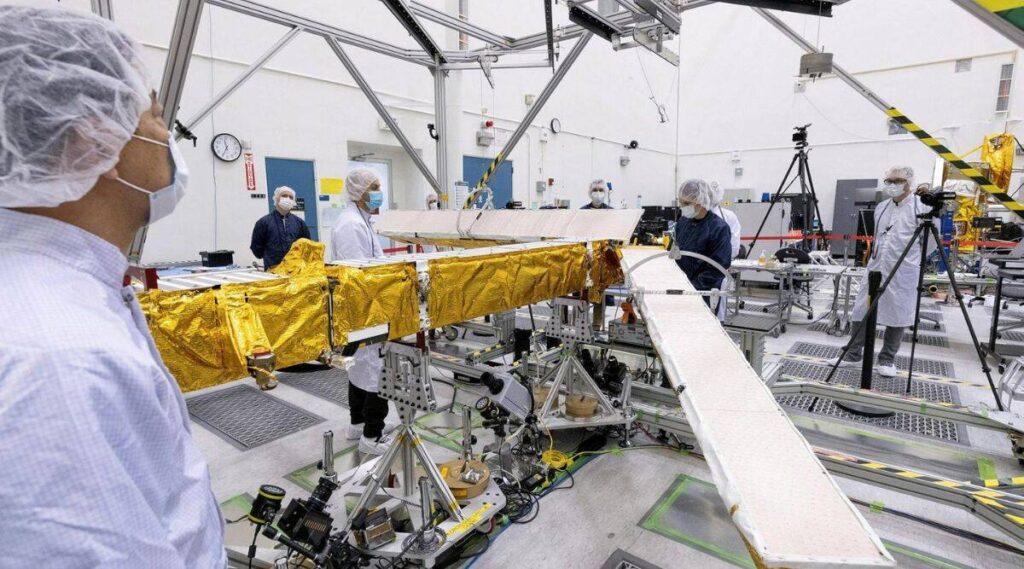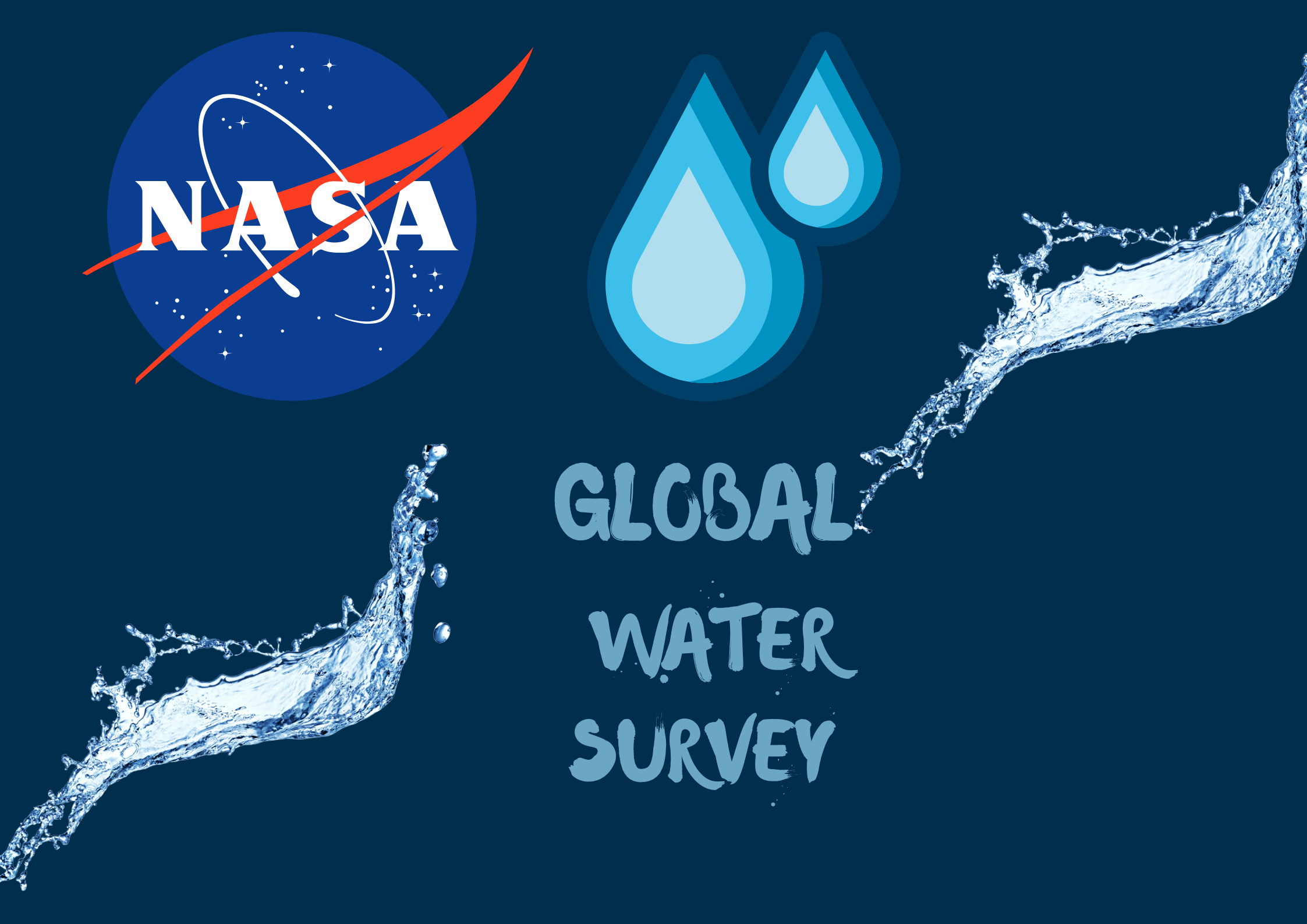Surface Water and Ocean Topography, or SWOT, is a NASA sophisticated radar satellite that is intended to provide scientists with a previously unattainable perspective of the life-giving fluid that makes up 70% of the earth.

On Thursday morning, a NASA-led multinational satellite mission was scheduled to launch from Southern California on a significant Earth science mission to perform the first-ever complete survey of the world’s seas, lakes, and rivers.
Surface Water and Ocean Topography, or SWOT, is the abbreviation for the cutting-edge radar satellite, which is intended to provide scientists with an unparalleled perspective of the life-giving fluid that covers 70% of the world and offer fresh insight on the causes and effects of climate change.
SWOT was scheduled to go into orbit on Thursday before dawn from the Vandenberg U.S. Space Force Base, approximately 170 miles (275 km) northwest of Los Angeles, using a Falcon 9 rocket owned and run by billionaire Elon Musk’s commercial launch business SpaceX.
If all goes according to plan, the SUV-sized satellite will generate study data in a few months.
SWOT, which has been in development for almost 20 years, uses cutting-edge microwave radar technology that, according to experts, will capture height-surface data of oceans, lakes, reservoirs, and rivers in high-definition detail across 90% of the planet.
According to experts, the information, which was gathered via radar scans of the earth at least twice every 21 days, would improve ocean circulation models, support weather and climate forecasts, and help manage restricted freshwater supplies in drought-stricken areas.
The Jet Propulsion Laboratory (JPL) of NASA, located close to Los Angeles, was where the satellite was created. SWOT was one of 15 missions that the National Research Council recommended NASA carry out in the upcoming ten years. It was created by the American space agency in cooperation with its colleagues in France and Canada.
Scientist at JPL Ben Hamlington, who also heads NASA’s team studying sea level change, said, “It’s truly the first mission to survey practically all water on the planet’s surface.”
Exploring how oceans absorb atmospheric heat and carbon dioxide as a natural mechanism that lowers global temperatures and slows climate change is one of the mission’s main goals.
SWOT, which scans the oceans from orbit, is made to precisely monitor minute variations in surface elevations around smaller currents and eddies, which are thought to account for a significant portion of the oceans’ absorption of heat and carbon. According to JPL, SWOT can achieve this with a resolution that is ten times higher than that of current technologies.
searching for the ocean’s breaking point
According to estimates, oceans have absorbed more than 90% of the extra heat that greenhouse gas emissions from human activity have retained in Earth’s atmosphere.
Nadya Vinogradova Shiffer, SWOT’s programme scientist at NASA in Washington, asked: “What is the turning point at which oceans start releasing, rather than absorbing, huge amounts of heat back into the atmosphere and accelerate global warming, instead of limiting it?” Understanding the mechanism by which that occurs will help climate scientists find the answer.
Studying the effects of increasing water levels on coasts makes advantage of SWOT’s capacity to identify more minute surface characteristics.
The quantity of saltwater intrusion into estuaries, wetlands, and subsurface aquifers might be predicted with more accuracy using data collected along tidal zones.
Another important area of SWOT’s attention is freshwater bodies of water. It is equipped to monitor almost all rivers broader than 330 feet (100 metres), as well as more than 1 million lakes and reservoirs bigger than 15 acres (62,500 square meters).
Researchers will be able to better monitor fluctuations in the planet’s rivers and lakes throughout seasonal shifts and significant weather events by continuously taking inventory of the planet’s water resources throughout SWOT’s three-year mission.
According to Tamlin Pavelsky, NASA’s SWOT freshwater scientific lead, gathering such data is similar to “taking the pulse of the world’s water system, so we’ll be able to see when it’s racing and we’ll be able to see when it’s sluggish.”
The radar used by SWOT works in the microwave spectrum’s so-called Ka-band frequency, which enables scans to pass through cloud cover and darkness over significant portions of the planet. This makes it possible for researchers to more rapidly and correctly map their data in two dimensions, regardless of the time of day or the weather.
Earlier studies of water bodies, in contrast, depended on data collected at specific locations, such as river or ocean gauges, or from satellites that can only follow measurements along a one-dimensional line, necessitating the use of extrapolation to fill in data gaps.
It provides us with a map of altitudes rather than simply a line of elevations, and that completely changes the game, according to Pavelsky.
See More Posts: How the DigiYatra software can facilitate travel for domestic air travellers,












